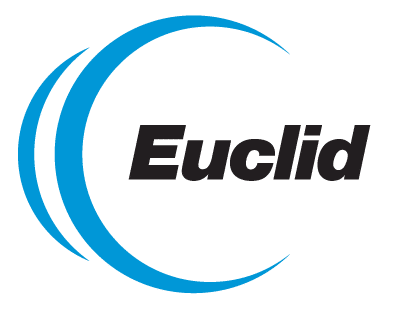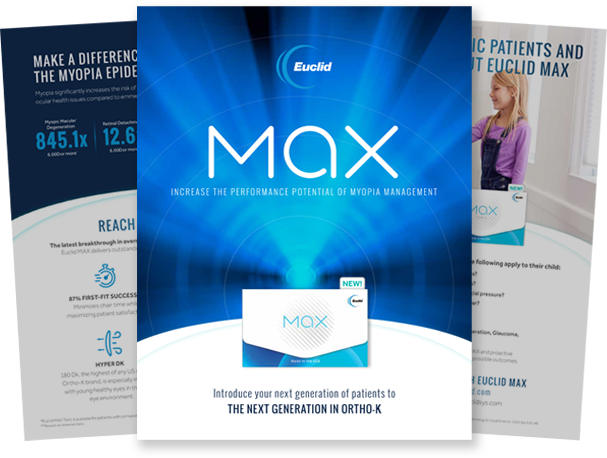Corneal topography is essential for specialty lens fitting, and Placido ring topographers vary in accuracy depending on cone size.
Smaller cone devices sit closer to the eye, projecting more rings and capturing denser data, covering a larger field, with higher precision. In contrast, large cone systems are easier to use and clean but often struggle with peripheral coverage (typically only 6–9 mm vs. 10 mm+) and rely on extrapolated data.
Medmont’s small cone topographers, like the E300 and Meridia™, overcome the user accuracy challenges of some small cone systems. Features like dynamic distance measurement, composite eye capture, and proprietary algorithms ensure full limbus‑to‑limbus mapping without requiring perfect alignment.
Experts like Randy Kojima praise this design, affirming that Medmont “neutralizes potential inaccuracy” and delivers “the most accurate instrument on the market,” thanks to advanced eye profile syncing and intelligent software.
Bottom line: If your practice prioritizes mapping accuracy, especially for complex specialty lenses, a small cone Placido topographer maximizes data quality across the full corneal surface.
Read the full article: Placido ring topographers: why cone size matters







